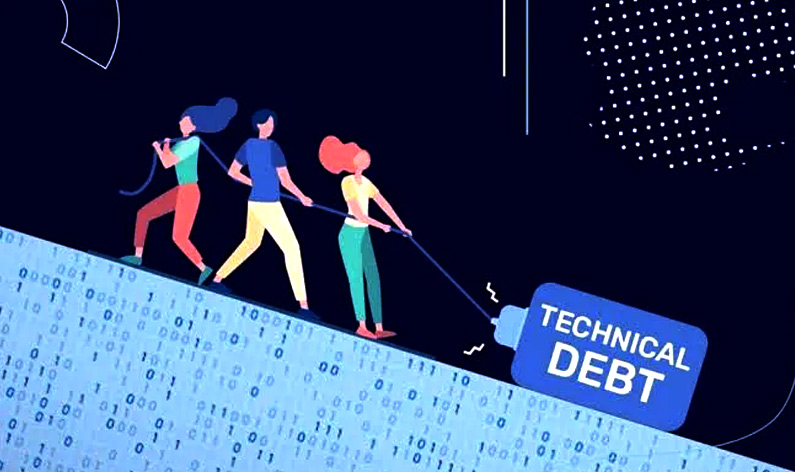The Dark Side of the Code: When Tech Debt Becomes a Monster
Tech debt. It’s a term thrown around a lot in the software development world. But what exactly is it, and why should you care? In simple terms, tech debt is like taking a shortcut when building a software project. You might choose to write messy code, skip documentation, or use outdated libraries to meet a deadline. This might seem like a harmless win in the short term, but like any debt, it accumulates interest. Here’s why neglecting tech debt can turn into a monster of a problem:
1. Innovation Killer: Imagine your codebase as a foundation for your product. A foundation riddled with cracks and uneven patches makes adding new features a precarious tightrope walk. Tech debt slows you down, making it difficult to implement innovative ideas and adapt to changing market needs. Your competitors, with clean code, can release features faster and keep their product fresh, leaving you struggling to keep up.
2. Bug Hotel: Sloppy code is a breeding ground for bugs. Those quick fixes and workarounds you implemented to save time? They come back to haunt you later in the form of mysterious errors and crashes. Fixing these bugs becomes a time-consuming whack-a-mole game, diverting resources away from actually building new things.
3. Developer Frustration: Imagine working on a project where everything feels clunky and confusing. That’s the daily reality for developers stuck with a tech-debt-laden codebase. It becomes frustrating and demoralizing, leading to burnout and high developer turnover. Attracting and retaining talent becomes a challenge, further hindering your ability to innovate.
4. Security Nightmares: Outdated libraries and insecure coding practices create vulnerabilities that hackers can exploit. A data breach can be devastating, damaging your reputation and costing you dearly. Security shouldn’t be an afterthought; it needs to be baked into your development process from the beginning.
5. Costly Clean Up: Eventually, the tech debt monster becomes too big to ignore. You’ll be faced with a monumental task of refactoring your codebase, essentially rebuilding things from the ground up. This is a costly and time-consuming endeavor that could have been avoided with a more sustainable development approach.
Taming the Monster
Tech debt isn’t an inevitable curse. By prioritizing clean code, clear documentation, and regular maintenance, you can keep it under control. It’s also important to have open communication between developers, product managers, and stakeholders. Everyone needs to understand the long-term implications of technical decisions.
Remember, a little investment in code quality today can save you a lot of pain (and money) down the road. Don’t let tech debt become the monster that swallows your projects whole!

